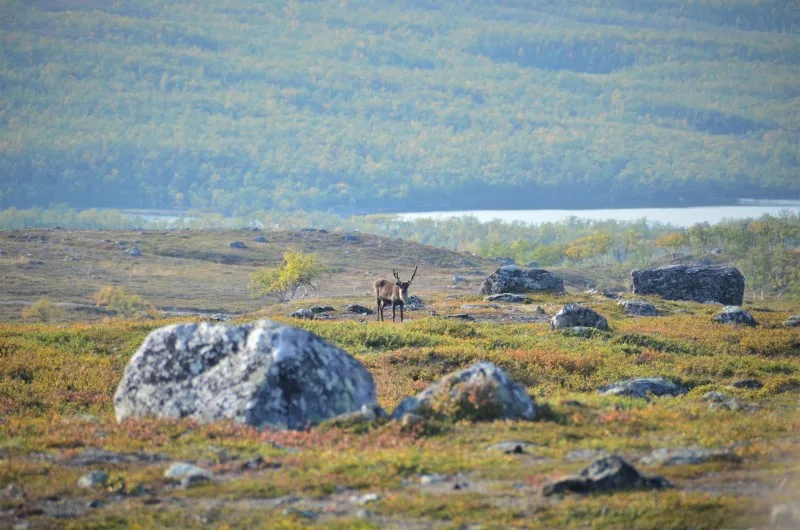
Nearly 40 per cent of the Arctic is greener than in 1986, study says
The study has implications, positive and negative, for climate change in a warmer world.
Most people think of lush new plant growth as a sign the land is healthy and thriving.
However, there’s one place on Earth where greener lands are cause for alarm: the Arctic. This region has been getting greener over the past few decades, which has catastrophic implications for the future of climate change.
A study released last month found almost 40 per cent of the Arctic region showed signs of increased summer greening over the course of two decades, compared to less than 5 per cent that showed the opposite: Less plant growth, or “browning.”
The researchers used satellite data from 50,000 random sampling sites all across the Canadian and Eurasian Arctic, ranging from 1986 to 2016, and say it matched up with on-the-ground experiences of Arctic Indigenous people such as the Inuit in Canada and the Nenets in Russia, as well.
“Our findings are consistent with the hypothesis that summer warming stimulated plant productivity across much of the Arctic tundra biome during recent decades, which has consequences for climate feedbacks, wildlife, and human communities,” the authors write in their study, which was published in the journal Nature Communications.

A greener Arctic has implications for climate change and biodiversity. Image: Logan Berner/Arizona University/NASA
DOUBLE-EDGED SWORD
While governments struggle to keep the projected rise in global temperatures to within 2°C, or even lower at 1.5°C, the Arctic has warmed faster than the world as a whole.
“This Arctic greening we see is really a bellwether of global climatic change – it’s a biome-scale response to rising air temperatures,” lead researcher Logan Berner, a global change ecologist at Northern Arizona University, said in a release from NASA.
The Arctic itself influences much of Earth’s climate, and as it warms, the consequences won’t be limited to the region. As for how harmful those consequences are, the researchers are somewhat mixed, but the worst potential impacts could have detrimental long-range effects.
On the one hand, plants flourish with CO2, a key driver of Climate Change due to global warming, so a warmer and greener Arctic could see more carbon absorption, with plants helping to offset the same rise in CO2 emissions that triggered their rapid growth -- what scientists call a “negative” or balancing feedback.
However, a warming Arctic releases more carbon as the permafrost thaws and frozen microorganisms decompose, accelerating the climate change process that triggered that release -- a “positive” or reinforcing feedback. Though the report does not mention methane, another greenhouse gas likely to be released in a warming scenario, that would also be a cause for concern, given its far greater potency when compared to carbon.
WATCH BELOW: WATCH 40 YEARS OF ARCTIC SEA ICE DECLINE IN JUST 40 SECONDS
An abundance of taller and leafier plants in the region may also reduce its albedo, the factor that determines how much of the sun’s rays are reflected or absorbed. A lower albedo means less light is reflected, another factor accelerating global warming.
As for Arctic animal life, they, too, will experience uneven effects. Some northern species, such as moose and beavers, have been observed colonizing or recolonizing parts of the Arctic that have seen greater and longer-lived shrub growth, the researchers say. But caribou may struggle as the foliage favours the growth of leafier plants rather than the lichens the Arctic herbivores rely on for survival.
“The net climate feedback of these processes is currently uncertain; thus, our findings underscore the importance of future assessments with Earth system models that couple simulations of permafrost, vegetation, and atmospheric dynamics at moderately high spatial resolution,” the researchers say.












